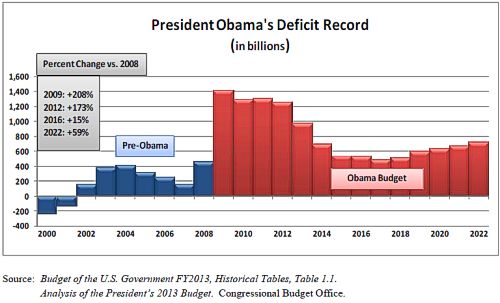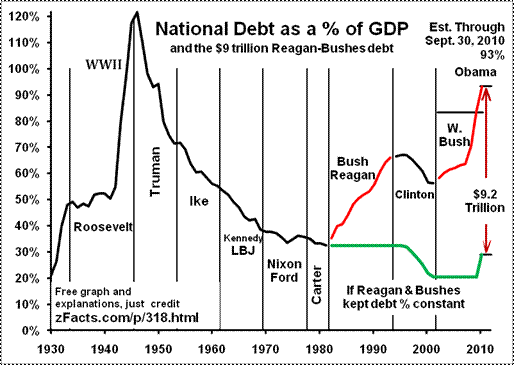
About half of that increase stems from a proposal to raise the corporate income tax rate from 21 percent to 28 percent.

Total revenues over the projection period would be $1.7 trillion (or 3 percent) more than they are in CBO’s baseline projections.As a result of those smaller deficits, federal debt held by the public in 2032-at 102 percent of GDP-would be 7 percent of GDP lower than it is in CBO’s baseline projections, though it would still be 3 percent of GDP higher than it was in 2021.The cumulative deficit for the 2023–2032 period would be $2.6 trillion smaller than it is in CBO’s baseline projections because revenues would be higher and spending lower.Measured in relation to the size of the economy, deficits would average 4.2 percent of gross domestic product (GDP) over that period. Federal deficits over the 2023–2032 period would total $13.1 trillion.CBO’s baseline budget projections and its analysis of the President’s proposals are based on the agency’s economic forecast published in May that reflects developments through early March.Īccording to CBO’s projections, the President’s proposals would have the following major effects: Those projections extend from 2022 to 2032 and reflect the assumption that current laws governing federal spending and revenues will generally remain in place.

In this report, the Congressional Budget Office examines how those proposals, if enacted, would affect budgetary outcomes in relation to CBO’s most recent baseline budget projections. On March 28, 2022, the Administration submitted its annual set of budgetary proposals to the Congress.


 0 kommentar(er)
0 kommentar(er)
